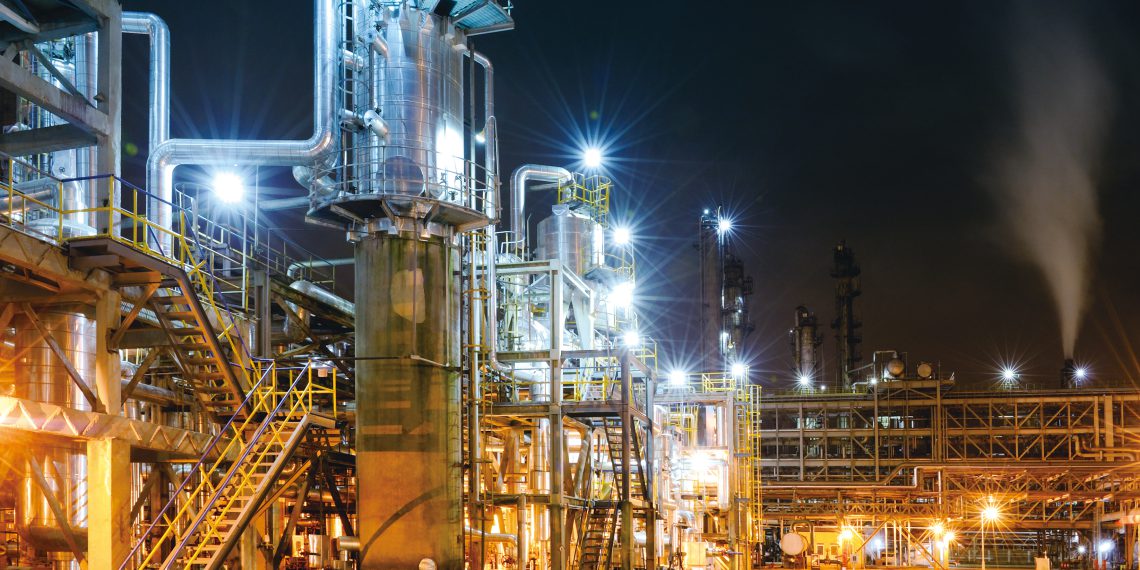Protecting natural resources and the air from harmful emissions of industrial enterprises confronts industrial enterprises with new, often difficult tasks, to fulfill the environmental requirements.One of the effective methods for dust (gas) removal is to use of bag filters.The “Bag Filter Factory” LTD has more than 20 years of experience in the manufacture of variable filter elements, “filter bags” and filtering units such as “Bag House”. Regardless of who the manufacturer of the material is, the responsibility for the quality of filter bag lays with the “Bag Filter Factory” LTD.
How to determine which filter material the customer needs? When choosing a filter cloth, many different parameters are taken into account, the following parameters have the most significant effect:
- Temperature
- Humidity
- Chemical composition of the environment
- Composition, size and shape of particles
- Static electricity
- Type of filter installation
- Requirements for filtering efficiency
Temperature is one of the main factors when choosing a filter cloth. At least it offers a starting point eliminating all materials with a lower operating temperature. Humidity is also an important parameter, because some polymers are prone to hydrolysis, that can lead to the destruction of the filter cloth fibers, especially at elevated temperatures. The chemical composition of the environment can negatively affect the fibers as aggressive substances can cause their premature destruction. For this reason, special attention needs to be payed to potential hazards such as: acids, alkalis, hydrolysis, oxidation and solvents. The composition, size and shape of the particles provides answers to the following questions:
- What is the abrasiveness of the dust?
- Does the dust stick?
- How fast does the dust move?
- Is the dust greasy, and maybe wet?
- Is there a static charge?
The type of filter unit (Bag House), its design and the method of filter bag regeneration determine the weight of the cloth. The given parameters should be considered as a whole to evaluate their influence on each other and, most importantly, how they affect the main demand concerning the filter material — the efficiency of the filtration. Today, there are several types of high-temperature filtration materials and we would like to draw your attention on one of them, a promising high-temperature material: fiber glass. Fiber glass filter fabrics allows for high purification values at the outlet of the Bag House at operating temperatures of 260–280°C in chemically aggressive environments, which greatly extends the application range of filter bags.
Filtration of gases and product capture at temperatures of 100 to 280°C is common in various industries: coal boilers, metallurgical plants, reactors for production plants, carbon black, non-ferrous metallurgy, cement plants, and others. Contrary to fiber glass filter fabrics, natural and most synthetic fibers are destroyed in this temperature range
Features of fiber glass fabrics:
- The operating temperature is 260–280 ° C, which is the maximum for filter materials
- Application in filter bags, both in backflow and in filters with pulse jet regeneration
- To improve the operational properties, fiberglass fabrics are treated with special coatings
Such processing improves the technical characteristics of fiberglass fabrics:
-
- chemical resistance
- protection of filter bag from abrasive dust
- reduction of internal friction between fibers
- providing resistance to fibers
For the filtration of fine dust particles, the fiberglass additionally receives a PTFE membrane made of polytetrafluoroethylene. In this case, the fiber glass achieves the following advantages:
- filtration of finely divided dust
- improved regeneration of bags
- the residual dust is closest to zero
The preservation of properties at operating temperatures from 100 to 280°C, a high degree of filtration and purification during regeneration, high breakthrough load indices, chemical resistance and the pricing are the biggest advantages of fiberglass fabrics, making them unique when used in high-temperature filter bags.

















